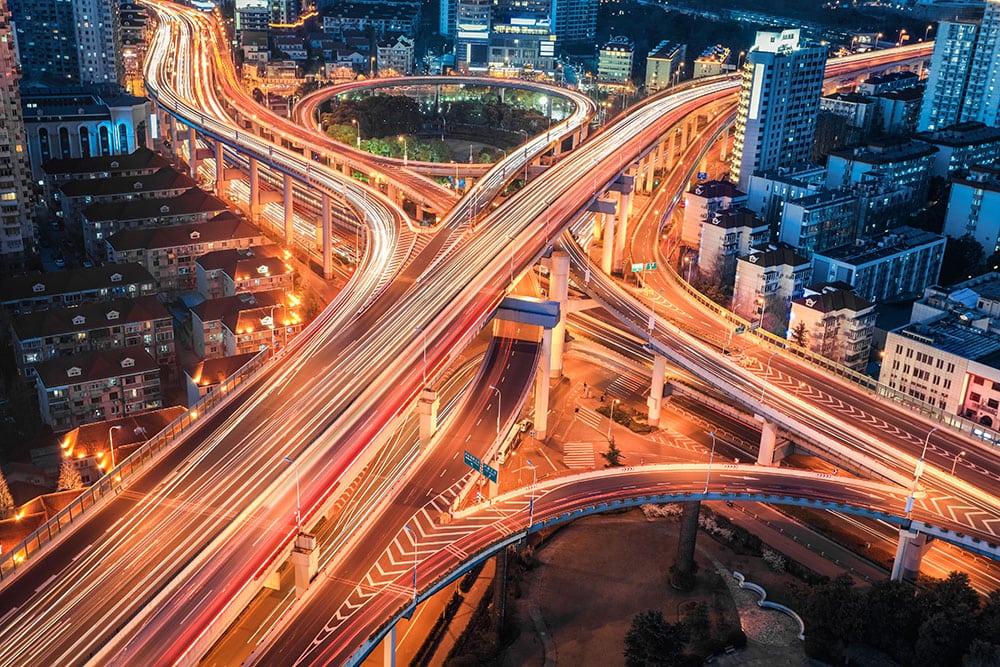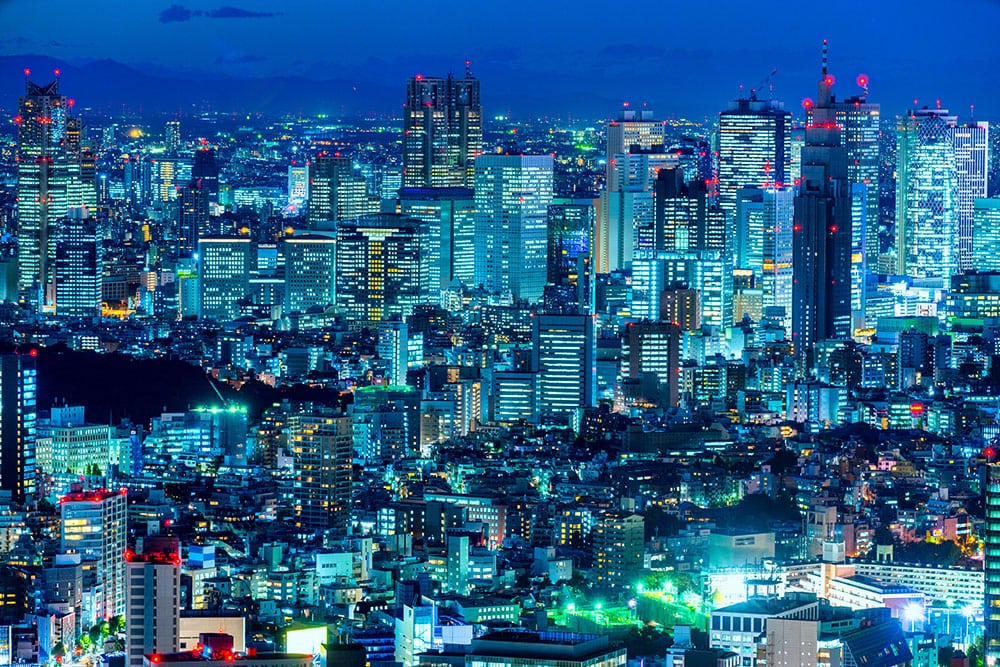Big Ideas
 The urban landscape is essential for economic growth and productivity, generating 80% of global GDP, so making cities great is a vital ingredient in building a better future. Throughout history, people typically lived in rural areas, focused on agriculture and hunting, but huge demographic change has seen an even bigger rise in metropolitan living.
The urban landscape is essential for economic growth and productivity, generating 80% of global GDP, so making cities great is a vital ingredient in building a better future. Throughout history, people typically lived in rural areas, focused on agriculture and hunting, but huge demographic change has seen an even bigger rise in metropolitan living.
We will see 27 cities with over 10 million inhabitants by 2025, 21 of which will be in less developed countries. The impact of this swollen population will be illustrated by 75% of the world’s population living in cities by 2050. This will put burdens on infrastructure, the environment and the social fabric of any urban area. Resilient cities appeal to people, welcoming co-operation and collaboration, while fragile cities are unable to manage, adapt or recover from external and internal pressures.
The bright lights, the burgeoning economy and the modernisation of the city appeal to people, but when there are more jobs there is also more unemployment and a widening gulf between the wealthy and the poor.
From debt crises to poverty, political unrest to energy shortages, water scarcity to infection epidemics, the city is the focal point for human problems where huge numbers of people have access to only limited resources in alienated ‘non-communities’ dominated by disease and violence. However, cities are also best placed to find solutions to these global disasters. Ongoing growth and development are estimated to add another 2.5 billion people to the urban population by 2050 and nearly 90% of that increase will be concentrated in Asia and Africa, areas that have the world’s fastest growing cities, predisposed to struggles and natural disasters. The earnestness towards cities, principally in developing economies, is motivated by a longing for a better life with more opportunities – as economies begin to integrate in cities, so too do people.

While urbanisation in Europe and North America took centuries, stimulated by industrialisation and a steady increase in per capita income, in the developing world it will occur in the space of two or three generations. Look south and east towards the sprawling cities and slums of Africa and Asia where population growth and urbanisation in low-income countries is always accompanied by high levels of poverty, unemployment and food insecurity. As the speed of growth accelerates, ` problems will also intensify, as areas that rapidly urbanise are susceptible to high levels of crime and social unrest. There are no fool proof methods to ensure safety in any city but to turn fragile cities around, public authorities, companies and community groups must not only get to grips with the risks that come with rapid urbanisation, but also focus on solutions and positive change. While growth and development is predominately associated with opportunity and innovation, creating hope for health, education, wellbeing and employment, urbanisation also yields new risks to security and stability.
Approximately 25% of the global population live in cities of more than a million or more. Intro More and more people are moving to cities and while all cities have strengths and weaknesses, some function better than others.
The bright lights, the burgeoning economy and the modernisation of the city appeal to people, but when there are more jobs there is also more unemployment and a widening gulf between the wealthy and the poor. A perfectly functional city does not exist. Likewise a city is never an entire failure. Every city, whether located in the global south or north, displays elements of both fragility and resilience. The questions to answer are how, why, and when do cities surrender to fragility or stand out in resilience? What needs to happen to make a great city?
We need to find answers to these questions because cities are where the future is, and metropolitan environments must develop to measure up to human expectations. When cities are armed with inspiring leaders, policies and funding, urbanisation can have a powerful and positive impact. ‘We will neglect our cities to our peril, for in neglecting them we neglect the nation.’ John F. Kennedy
Megacities:
Approximately 25% of the global population live in cities of more than a million or more. More and more people are also living in so-called ‘megacities’, which have populations in excess of 10m. London’s population is booming and by 2050 it is expected to be a ‘mega-city’ with 11 million people. But most of the mega-cities are unknown in the West including Guangzhou-Foshan (which counts 18.3m inhabitants) or Nagoya (10.2m). Poor cities face big difficulties concerning public health, crime, overtaxed infrastructure, and poor governance, and the larger these cities get without seeing a matching rise in prosperity, the more dire the situation becomes. Using the right strategies, these megacities can be a new network of powerful and prosperous city states where the benefits of urban living can raise the living standards for billions. The world is becoming more urban as the population increases, bringing with it a unique set of problems and opportunities.

